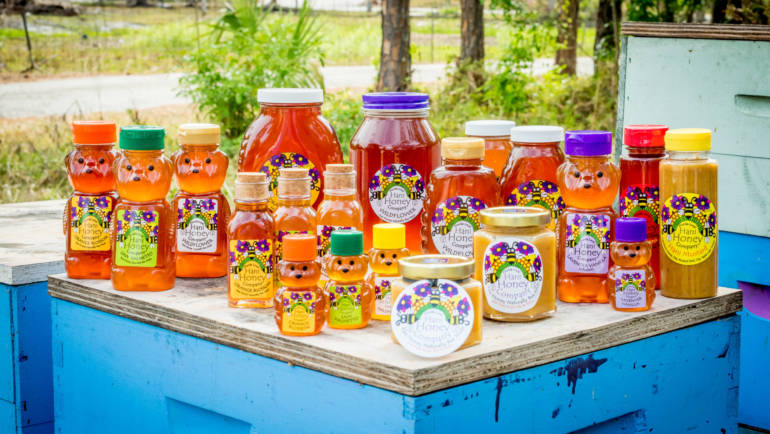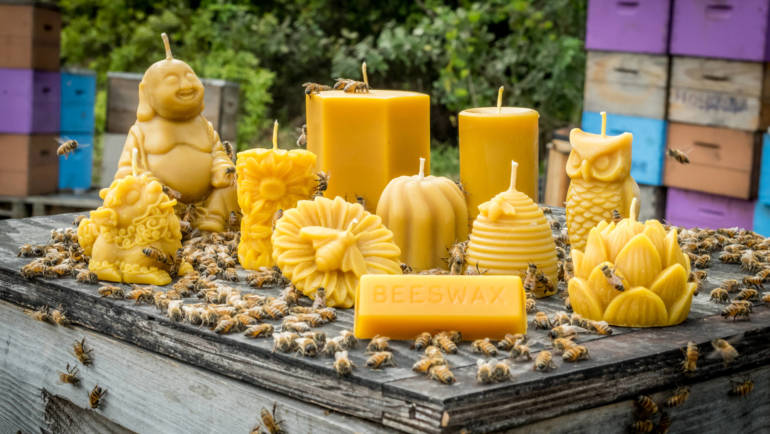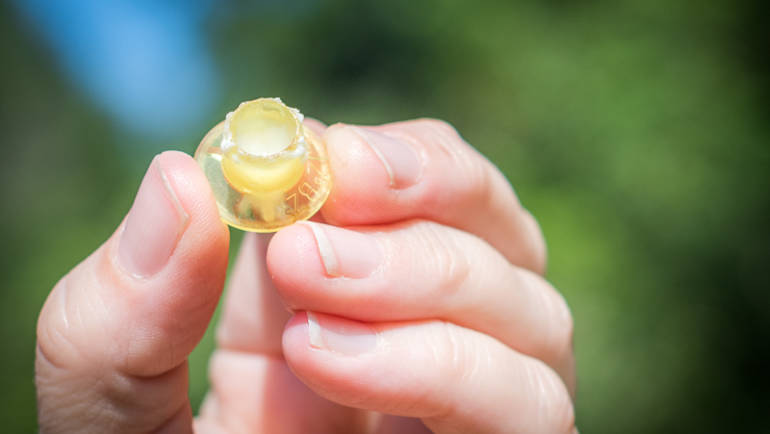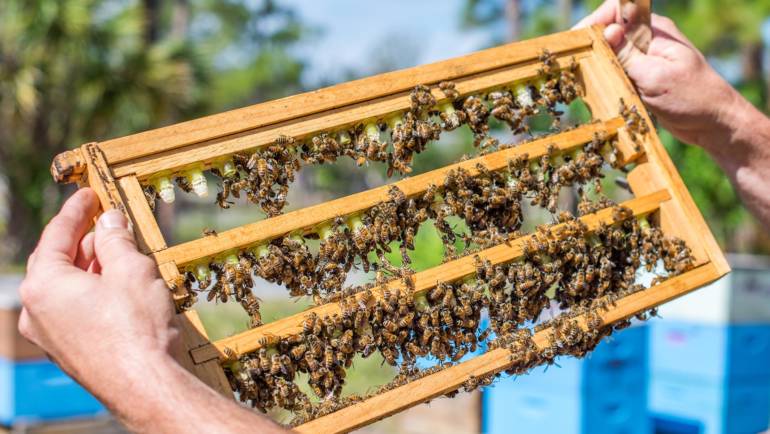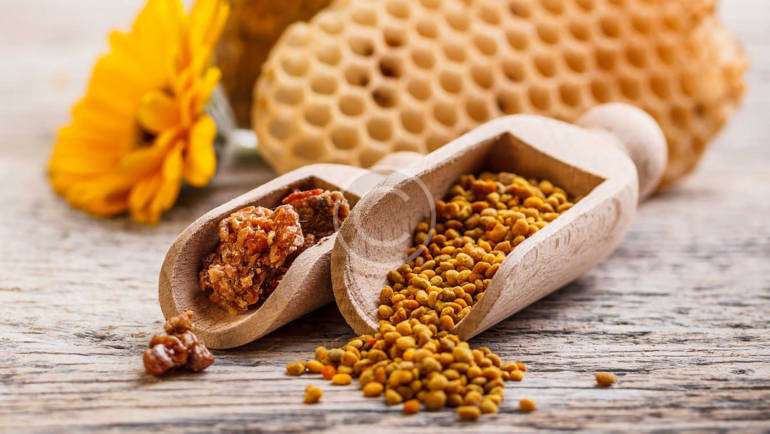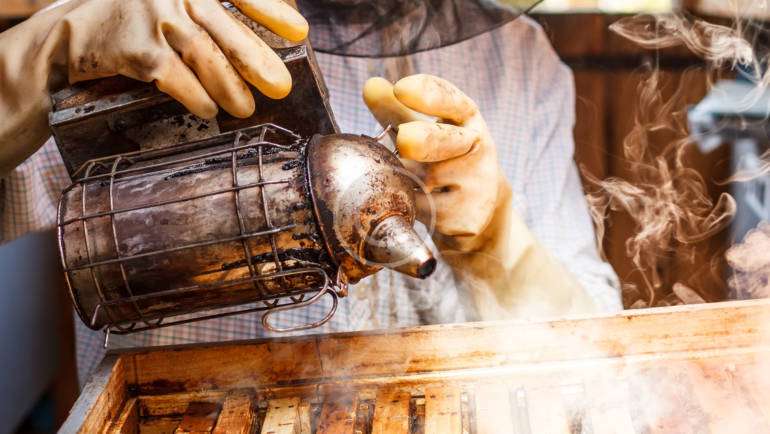High-quality honey can be distinguished by fragrance, taste, and consistency. Ripe, freshly collected, high-quality honey at 20 °C (68 °F) should flow from a knife in a straight stream, without breaking into separate drops. After falling down...
Read moreBees Wax & Candles
When beekeepers extract the honey, they cut off the wax caps from each honeycomb cell with an uncapping knife or machine. Its color varies from nearly white to brownish, depending on purity and the type of flowers gathered by the bees.
Read moreRoyal Jelly
Royal jelly is a honey bee secretion that is used in the nutrition of larvae, as well as adult queens. It is secreted from the glands in the hypopharynx of worker bees, and fed to all larvae in the colony, regardless of sex or caste. When worker...
Read moreQueens & Bees
The composition of propolis varies from hive to hive, from district to district, and from season to season. Normally, it is dark brown in color, but can be found in green, red, black, and white hues, depending on the sources of resin in the hive...
Read moreBee Pollen & Body Care
Like honey and propolis, other well-known honey bee products that are gathered rather than secreted (i.e., in contrast to royal jelly and beeswax), the exact chemical composition depends on the plants the worker bees gather the pollen from.
Read moreMead & Beekeeping Supplies
Mead, simply put is honey wine. It is the first alcoholic drink brewed by men, earlier than wine or beer. Today mead has evolved and expanded its flavours to include fruits such as blueberry and cherry, malt as well as various herbs and...
Read more
